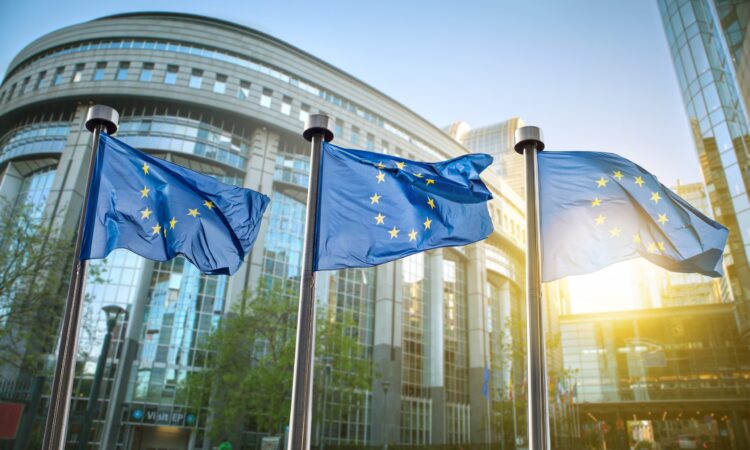
As Europe approaches the 2024 EU elections for the 720 member European Parliament, the EU faces a stark choice. The European Green Deal (EGD) was the regulatory kick off for Europe’s transition to a green economy. But the job is far from done. Putting on paper and into law a long-term vision is not the same as delivering it. Looking ahead at the next 5 years, from 2024-2029, EU lawmakers need to help make this transition a reality for people and businesses alike. Some would like to slow down or reverse the green deal, but it is EU citizens, not corporate lobbies, who will have the last word.
Transport is the only sector where emissions are still growing. By 2030 transport will account for 44% of all EU carbon pollution. Cleaning it up very rapidly will be complex. But as the electric vehicle (EV) revolution has proven, it is fertile ground for innovative greentech solutions and technologies, creating industries and creating good jobs.
To see this journey continued, future policy-making must build on European industrial leadership, using the synergies between industrial strategy and urgency to comply with climate targets, as other regions in the world have started to do. The rapid roll-out of Europe’s EV fleet, the world’s first mandated provision of clean fuels for the aviation and shipping sectors, and the rapid scaling up of renewable energy powering transport and heating homes, will be markers of success.
The next 5 years have to build on the foundation of the EGD, to move beyond the fossil age, and address tomorrow’s challenges: to rebuild large parts of our economy and make them fit for a climate constrained world. Geopolitical changes put strains on supply chains, challenging Europe to become more independent in its energy production, as well as securing the supply of critical materials for the transition within and outside of Europe, and using the resources we have more wisely. International competition, especially in the automotive sector, challenges European industries on a rapid scale up of green and cleantech technologies that can get us to net-zero economies.
We are entering the decisive decade. The next European Parliament must decide if it is full speed ahead for the Green Deal, or full stop. This is the critical period to not only cement Europe’s leadership in addressing the climate crisis, but to transform the Green Deal into an industrial strategy that ensures Europe will lead the cleantech revolution and secure good, well paid jobs in the green economy of the future.
Europe has a race to win and it’s the most urgent one for us and future generations; the climate crises cannot be paused. The next five years are our racing car, so we better make sure it drives full speed. Smooth running of the engine via a just implementation of the EGD, ensuring the seat belt is put on by filling in current regulatory gaps, tightening screws to get to the right speed and start the race by putting things into action across Europe.
Will Europe go full speed or full stop?
T&E’s Guide on Transport looks back at the last 5 years as well as ahead at the next 5 and what needs to be done. It identifies the 10 key transport areas the EU needs to prioritize, and provides recommendations that, within the next five years, will be critical to Europe winning the race for the green economy and green jobs of the future.






